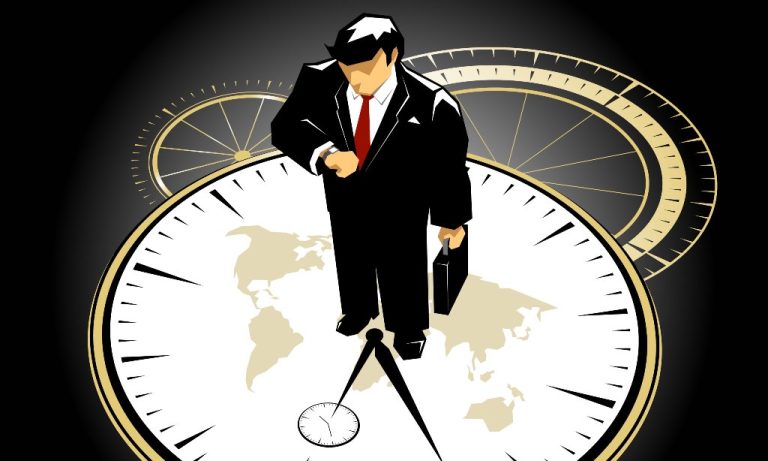Improved employee engagement, talent acquisition and management, and operational HR excellence through improved efficiency will be three key priorities for HR departments over the coming five years, according to a panel of HR leaders and experts.
While many organisations are playing “catch-up” on how to best engage their people to deliver increasingly high business performance expectations, HR is playing a key role in this process as it is increasingly tasked with using analytics to drive successful employee engagement, workforce optimisation, changing roles and performance management outcomes.
The industry forum, which was convened by Oracle with the aim of understanding HR disruption through digital technologies and proactively engaging workers and meeting the expectations of a diverse millennial workforce, included professionals from ANZ Bank, Accenture and Telstra.
Changing the capability mix at Telstra
“We are right in the midst of the technology disruption,” said Ilona Charles, executive director, human resources, Telstra.
“It is not enough to continue to just be a telecommunications company anymore, customers expect more.”
She said changing customer behaviours and expectations mean Telstra needs to constantly innovate and be more agile and responsive in order to move into new growth areas and support a more sustainable business model.
“A fundamentally different culture is required,” said Charles.
“We will need a global mindset and we will need leaders who can motivate, encourage and provide people”
“As customers access information and products in their own time on their own terms, we will need more skills in digital innovation, solution selling and our people will need to understand our customers and know how to design products that meet their needs, sell solutions and provide exceptional customer service no matter what the channel.
“We will need new capabilities in areas such as e-health, we will need a global mindset and we will need leaders who can motivate, encourage and provide people with the autonomy and accountability to get on with delivering to our customers.”
Charles said Telstra’s capability mix will fundamentally change as the NBN comes online and as Telstra shifts from being a local infrastructure and product led company, to a global technology and customer led business.
Accenture on rethinking workforces
Organisations are also having to rethink the HR function as digital technologies are changing every aspect of how a company engages with its workforce.
“The push to go digital is amplifying the need for humans and machines to do more, together,” said Andrew Woolf, managing director – financial services, human capital, Accenture.
Advances in wearable devices and smart machines will present new opportunities for companies to empower their workers through technology, according to Woolf, who said this trend will also lead to new challenges in managing a collaborative workforce composed of both people and machines.
“Successful businesses will recognise the benefits of human talent and intelligent technology working side by side in collaboration – and they will embrace them both as critical members of the reimagined workforce,” he said.
Workforce globalisation has also emerged as a key trend that will have a significant impact on the recruitment and retention of talented employees in the next few years.
“Human and machine, each on its own, won’t be enough to drive business in the decades to come”
As such, forum participants agreed that modern HR leaders are now forced to rethink HR best practices from workforce planning, compensation and performance reviews to gender and workforce age diversity and talent acquisition.
“Leading companies will be those who identify the shift from a labour driven and technology enabled paradigm to a digital driven and human enabled model,” said Woolf.
“They are starting to think about the combinations of intelligent technology and training that can enable and optimise human machine efforts, accomplishing more than either could on their own.
“They are looking anew at core business activities to identify those tasks that can be better suited to involving machines.
“And they are beginning to give thought to what type of people they should be hiring in the future.
“Human and machine, each on its own, won’t be enough to drive business in the decades to come. Tomorrow’s leading enterprises will be those that reimagine their workforce and effectively blend humans and technology as partners.”
ANZ’s shift to analytics
Forum participants also discussed HR disruption through digital technology, which is in part being driven by increased use of analytics and SaaS in the quest for innovation, performance improvements and cost savings.
Last year, the Sierra-Cedar HR Systems Survey, the longest-running industry research effort that tracks the adoption, deployment approaches, and value achieved from enterprise HR technologies, said 58 per cent of organisations will deploy their HCM technology in the cloud in 2015.
“Only the most agile HR-leaders will directly contribute to outpacing the competition”
“We live in exciting times but external change is happening so fast it has the potential to out-pace HR’s ability to respond,” said global HR business manager for ANZ Bank, Mel Parks, who was also on the panel.
“Chief HR officers need to look beyond operational efficiency.
“We need to step up: be clear how we will use analytics and insight to create value; how we will leverage technology to enhance the experience of work; and how we will tap in to our innate curiosity to prepare for, and respond to, the demands of the workplace of the future.
“The opportunity is compelling but only the most agile HR-leaders will directly contribute to outpacing the competition.”
Powering HR through the cloud
As companies shift towards cloud-based applications to support collaboration, optimise talent management, provide workforce insights, increase operational efficiency, and improve connectivity and mobility, HR leaders can play a critical role in functional HR transformation, according to Aaron Green, vice president of human capital management strategy, Oracle APAC, which convened the panel of experts.
“Chief HR officers and HR directors are playing an increasingly active role in generating more value for the enterprise,” said Green.
“The tools now exist for HR to drive the next wave of transformation and become the intersection between the people, HR and business strategy, in turn, demonstrating its commercial relevance to the business.
“Leading HR practitioners should look to combine HR related data from multiple data sources”
“The idea of HR services delivered by the cloud has become a key foundational element that almost any business person needs to embrace and leverage.”
Business is being conducted from more than just one single address, according to Green, who said businesses are demanding more flexibility from their systems.
“They want to enable their staff to break free from the shackles of the old way of doing things and have their key information, data and business tools available to them whenever and wherever they need them,” he said.
“This means software and services in the cloud, accessible on a multitude of devices.
“At the same, leading HR practitioners should look to combine HR related data from multiple data sources into a comprehensive view, which can be shared across the company for coordinated workforce assessment and planning.”
Image source: iStock




